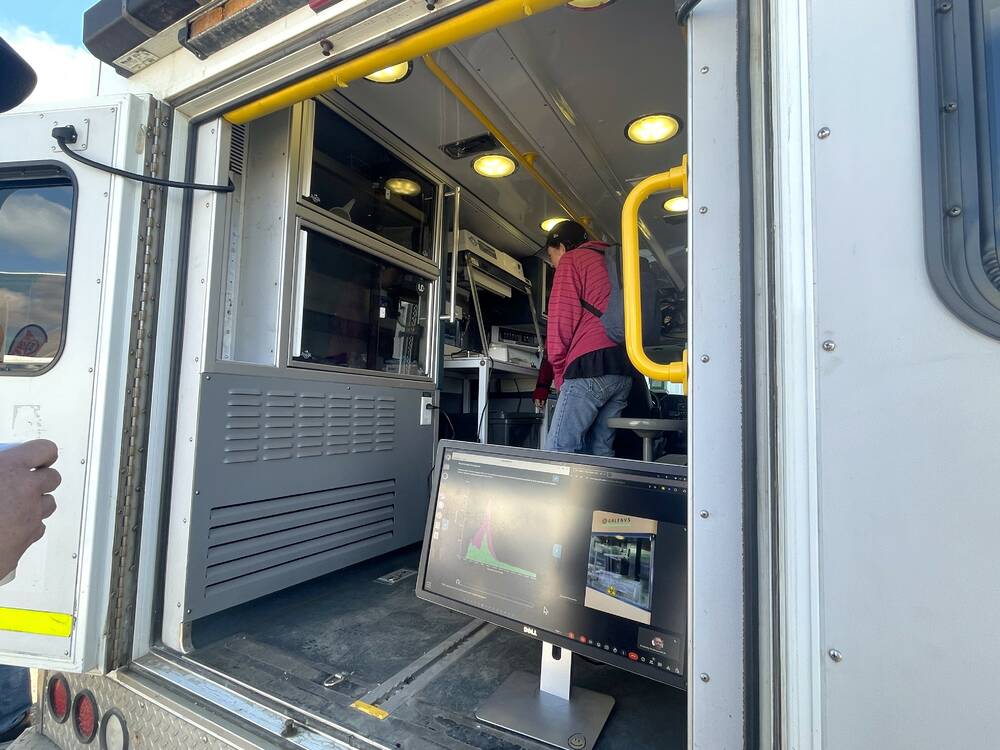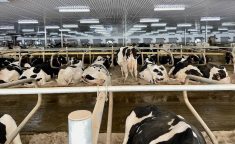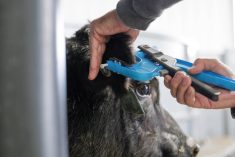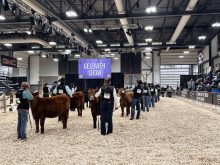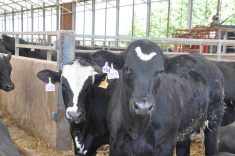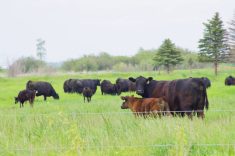The vehicle parked at the Livestock and Forage Centre of Excellence southeast of Saskatoon was once an ambulance, but it’s no longer responding to cases of broken bones.
Today all its biomedical equipment is geared toward bringing DNA sequencing to cattle producers. The mobile lab from the University of Saskatchewan upends the normal sample-and-submit method of genetic analysis.
Why it matters: A mobile lab makes it easier and more affordable for the cattle sector to understand herds, or herd diseases, down to the DNA.
Read Also
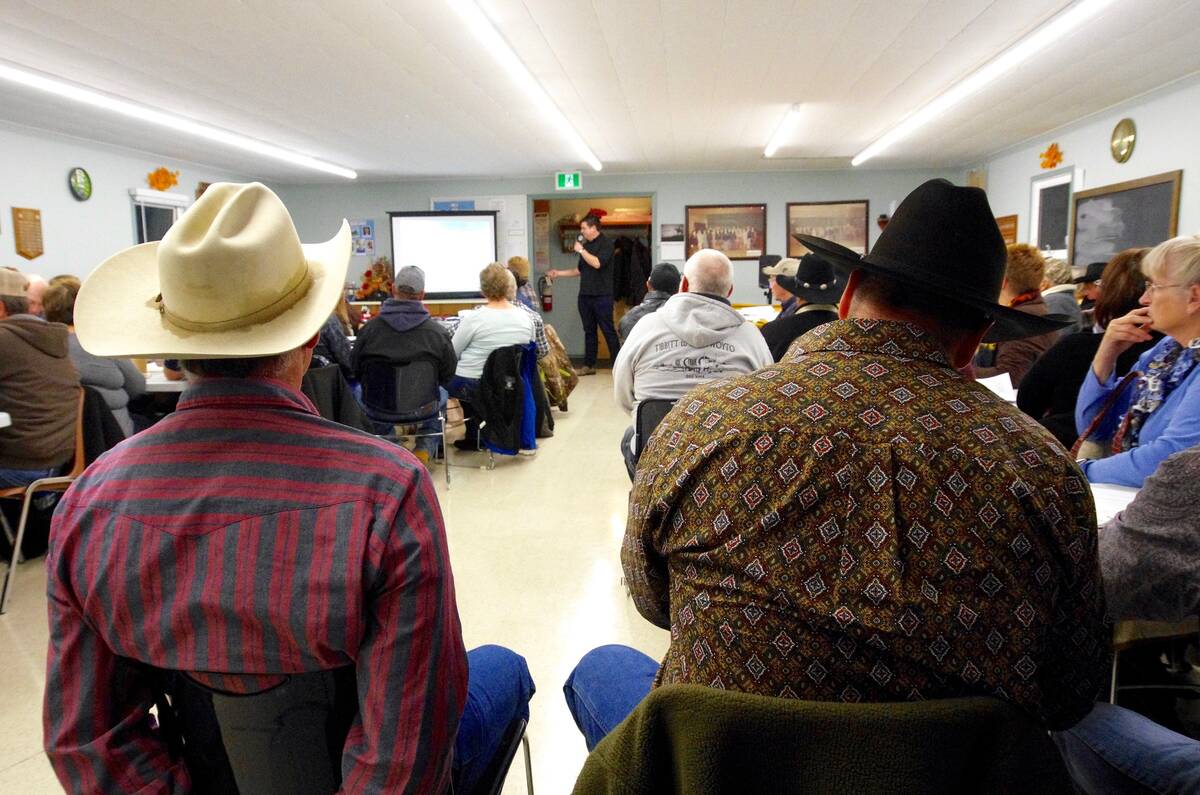
Don’t blow off that beef producer meeting
Local veterinarians and livestock experts often speak at beef producer group events. They have good advice for the farmer on vaccines, calving, beef herd management and more.
Matthew Links, a professor at the university’s College of Agriculture and Bioresources, and graduate student Anatoliy Trokhymchuk, highlighted the repurposed ambulance-turned-genetics-lab at a late-June field day.
The lab can go to a farm or feedlot, where technicians can extract, prepare and sequence DNA samples on site. Results take about an hour, much quicker than the days or weeks a producer might wait for conventional lab results.
The lab is outfitted with a small robot for extraction. Another device can run two sequencing processes at the same time, Trokhymchuk said. The technique uses a protein and electrical currents to sequence the DNA, Links added.
“The protein serves as the eye of a needle, where the DNA is the thread,” he said. “So, we can pass that thread through the eye of the needle and, while we’re doing that, we’re measuring the electrical current going through and, as the DNA gets in there, we see a change in the electrical pattern.”
Applications
The lab can single out disease DNA from samples. Reversing the polarity of the electrical current draws DNA the other way through that metaphorical needle eye, helping to select and separate unwanted genetic information, field day attendees heard.
Links used the example of differentiating between animal DNA and DNA of a pathogen in the respiratory tract, such as bovine respiratory disease. His most recent research involved detection of BRD in cattle using metagenomic sequencing. The study was able to detect BRD pathogens more often than a standard bacterial culture.
It also showed how to flag genetic components that are encoded for development of resistance to typical treatments.
The technology can help tease out what’s going on within a specific animal at a cellular level. Links cited feed efficiency enhancement as one possible application. The work can help uncover the role of DNA in how well an animal converts feed to energy.
Plant insights
The process could be used to sequence plant genomes as well as animal genomes, Trokhymchuk said, and has been used on forage plants at the livestock and forage centre.
“There’s a really wide area of applications, all kinds of things that you can imagine, any living thing that has DNA. Now we can read it and we can process it to get information.”
DNA sequencing in general is becoming more available and financially feasible, he added, making it easier for producers to incorporate the techniques into their herd health.


